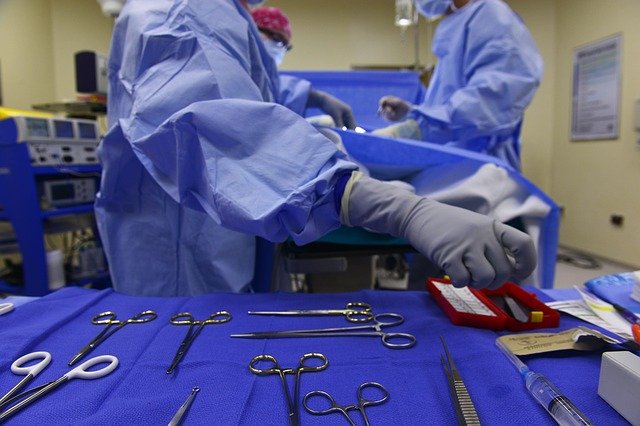
UK-based medical technology company Smith+Nephew has launched its new OR3O Dual Mobility System for primary and revision hip arthroplasty procedures.
Smith+Nephew said that the dual mobility implants have a small diameter femoral head than traditional solutions, and which locks into a larger polyethylene insert to increase stability and offer improved range of motion.
Smith+Nephew orthopaedics president Skip Kiil said: “Our new OR3O Dual Mobility System is a groundbreaking product that offers technology not available in competitive systems. The proven success of our VERILAST Technology and OXINIUM DH bearing surface set OR3O apart as a game changing solution in the hip arthroplasty market.”
OR3O features Smith+Nephew’s latest advanced bearing surface
Smith+Nephew has designed OR3O to incorporate advanced bearing surface, OXINIUM DH (Diffusion Hardened) for its linear head, along with VERILAST Technology for its femoral head and polyethylene inserts.
In addition, the OXINIUM Technology enables significant reductions delivered in wear compared to Cobalt Chrome (CoCr), the material used in most competitive products.
The company said that OXINIUM DH marks the latest product in its OXINIUM platform and is designed to increase the depth of hardening through a patented technology process. The device has been designed particularly for the hip arthroplasty needs.
Smith+Nephew has rolled out its OR3O Dual Mobility System in the US, indicated for both primary and revision applications. It offers cross-compatibility with the R3 and REDAPT acetabular systems.
Established in UK, in 1856, the company claims that, it operates in more than 100 countries, and has generated annual sales of $4.9bn (in 2018), through its three global franchises of orthopaedics, advanced wound management and sports medicine & ENT.
University of Kentucky orthopaedic surgeon Stephen Duncan said: “The OR3O Dual Mobility System is truly a fourth generation dual mobility offering by introducing OXINIUM technologies. This is a solution that allows patients to get back to their lives by providing stability and offers unique advantages compared to other systems.”






